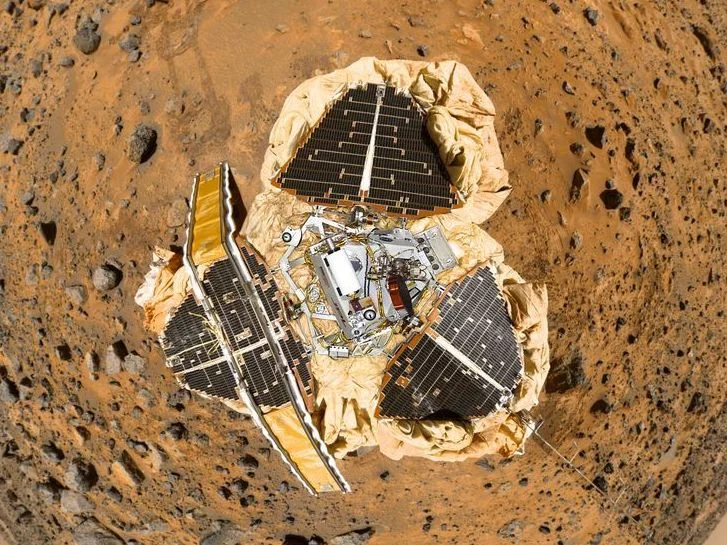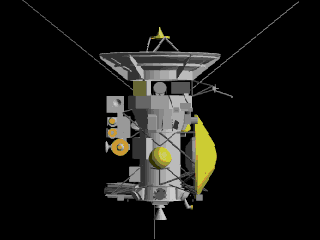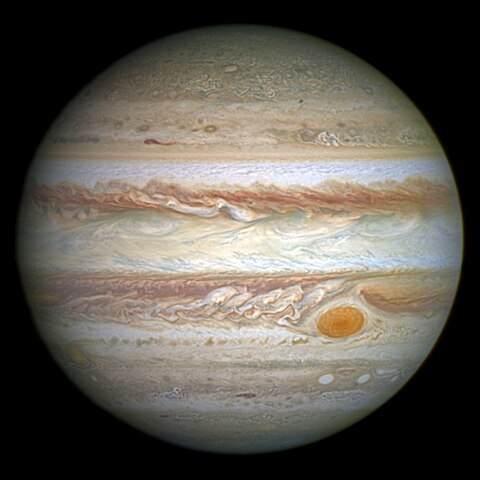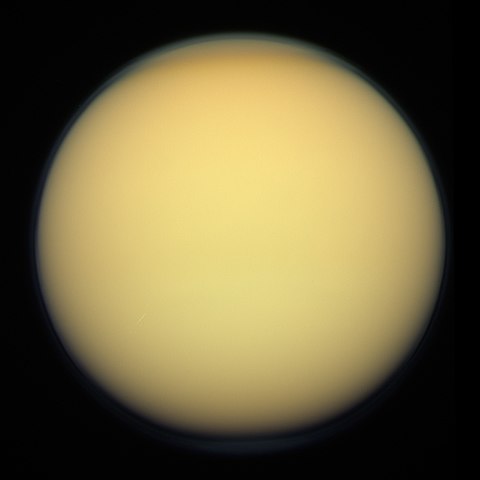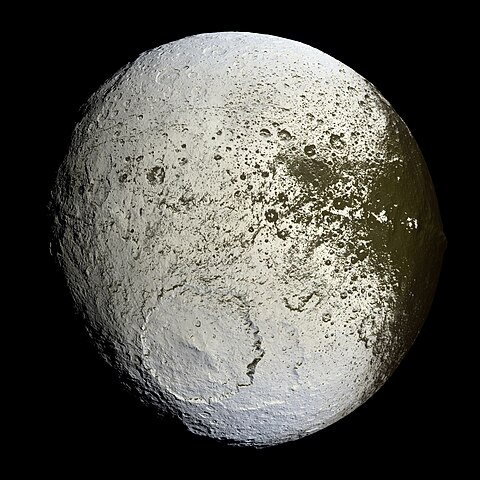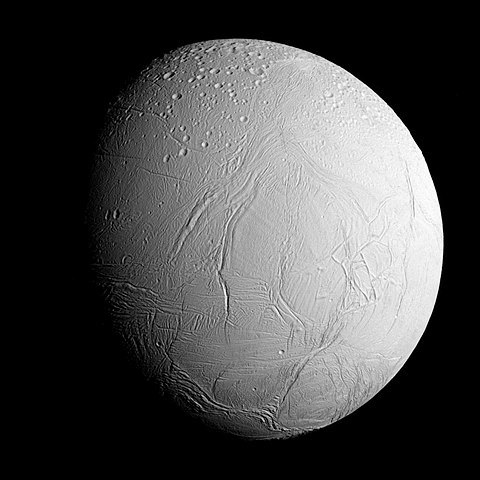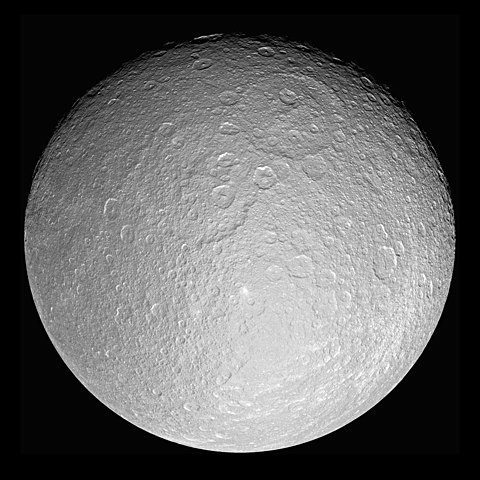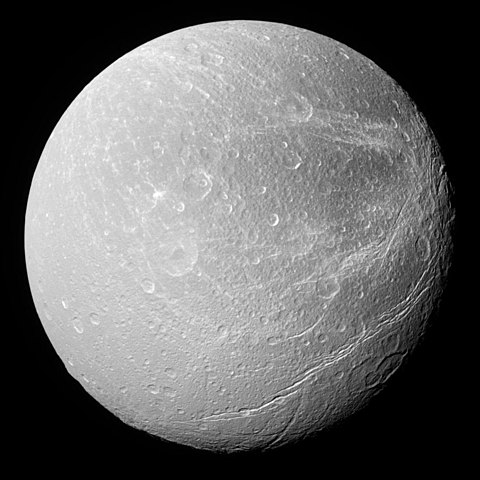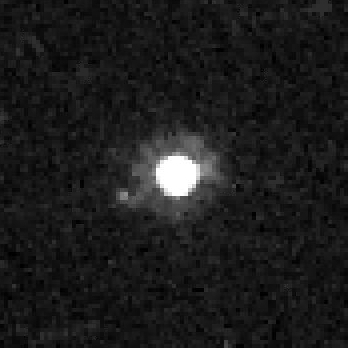1 day / second
0.5 AU
Cassini
Spacecraft
A pioneering spacecraft that explored Saturn and its moons from 2004 to 2017, capturing over 450,000 images and making numerous discoveries before deliberately plunging into Saturn's atmosphere.
Key Facts
organization | NASA |
orbital regime | Outer System |
learn more | Wikipedia |
launched | 1997-10-15 |
decommissioned | 2017-09-15 |
launch mass | 5,712 kg |
power | 885 watts |
Mission Timeline
Launched
October 15, 1997 at 08:43 UTC
Venus
Gravity Assist
Cassini performed its first Venus flyby on April 26, 1998, passing within 176 miles of the planet's surface to receive a gravity assist that would help propel it toward Saturn.
Luna (The Moon)
Flyby
Cassini performed a gravity assist flyby of the Moon at a distance of 6,200 kilometers on August 18, 1999, as part of its complex trajectory to reach Saturn.
Jupiter
Gravity Assist
The Cassini spacecraft made its closest approach to Jupiter on December 30, 2000, using the gas giant's gravity to gain speed for its journey to Saturn while capturing over 26,000 images of the Jovian system.
Saturn
Orbiter
After a seven-year journey, Cassini entered Saturn's orbit in 2004 and spent 13 years studying the planet and its moons, completing 294 orbits and making groundbreaking discoveries about Saturn's rings and moons before deliberately plunging into Saturn's atmosphere in 2017.
Phoebe
Flyby
Cassini made its closest approach to Phoebe on June 11, 2004, coming within 2,068 kilometers of the moon's surface and capturing high-resolution images that revealed a heavily cratered body likely composed of ice and rock.
Titan
Flyby
During its first of many flybys of Saturn's largest moon on October 26, 2004, Cassini passed within 1,200 kilometers of Titan's surface, using its array of instruments to peer through the moon's thick atmosphere and capture unprecedented data about its surface features.
Iapetus
Flyby
Cassini performed a close flyby of Iapetus on December 31, 2004, passing within 123,400 kilometers of the moon and capturing detailed images of its striking two-toned surface and prominent equatorial ridge.
Enceladus
Flyby
During its 2005 flyby of Enceladus, Cassini discovered plumes of water vapor and organic compounds erupting from the moon's south polar region, revealing the presence of a subsurface ocean beneath its icy crust.
Hyperion
Flyby
Cassini performed its closest flyby of Saturn's irregularly-shaped moon Hyperion on September 26, 2005, passing within 500 kilometers of the surface and capturing detailed images of its sponge-like appearance and unusual rotation.
Rhea
Flyby
Cassini made its first close flyby of Rhea on November 26, 2005, passing within 500 kilometers of the moon's surface and capturing detailed images of its heavily cratered terrain.
Dione
Flyby
During its second targeted flyby of Dione on April 7, 2010, Cassini passed within 500 kilometers of the moon's surface, capturing detailed images of its heavily cratered terrain and mysterious bright streaks.
Decommissioned
September 15, 2017 at 11:55 UTC
After 13 years of groundbreaking observations of Saturn and its moons, Cassini concluded its mission by plunging into Saturn's atmosphere at 113,000 kilometers per hour, transmitting data until the spacecraft was crushed and vaporized by the intense atmospheric pressure.
Related Spacecraft
Huygens
Launched in 1997
The Huygens probe descended through Titan's atmosphere in January 2005, becoming the first spacecraft to land on a moon of Saturn and transmitting detailed data about the moon's atmosphere and surface for 72 minutes after touchdown.
Other Spacecraft
